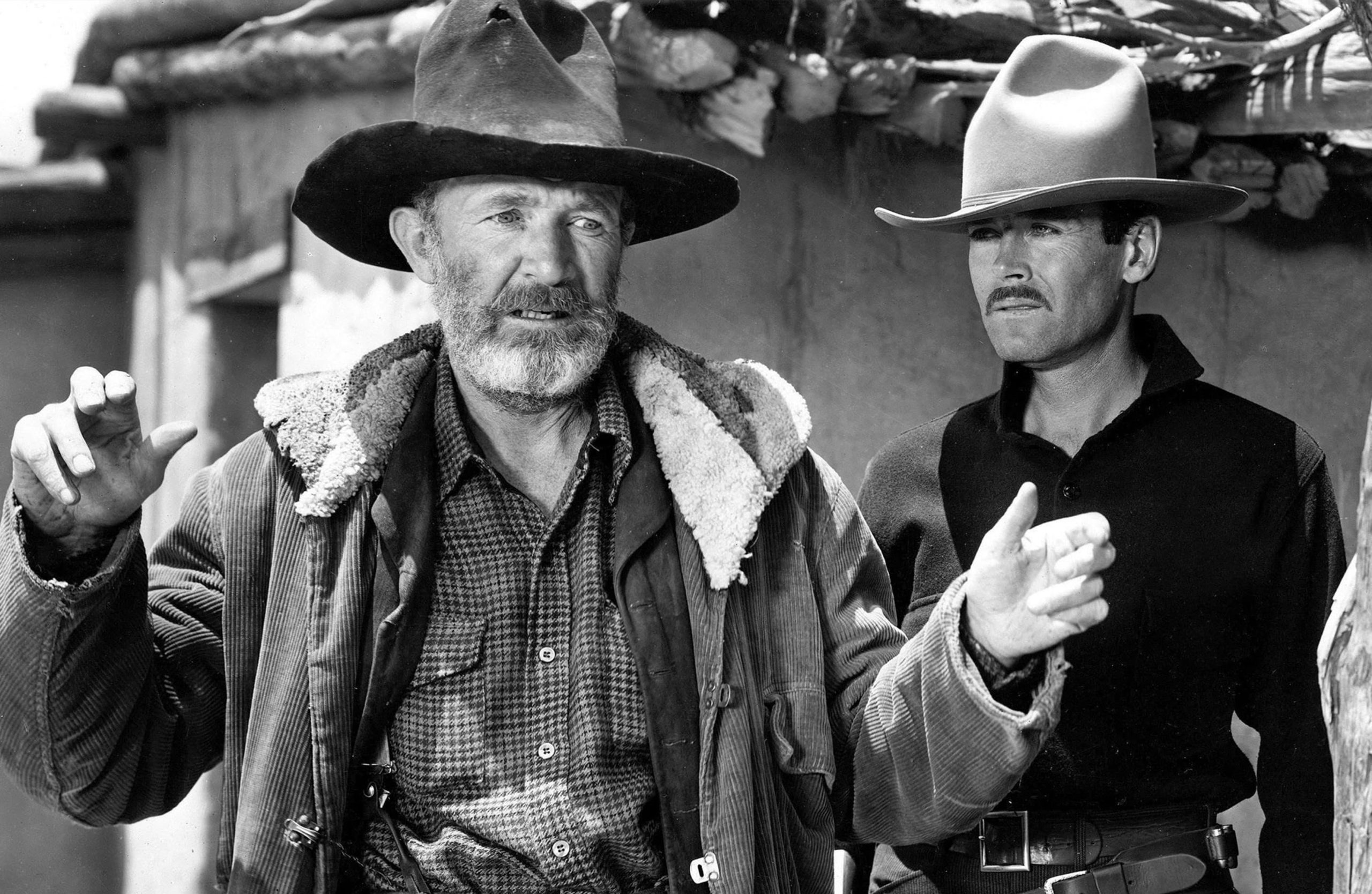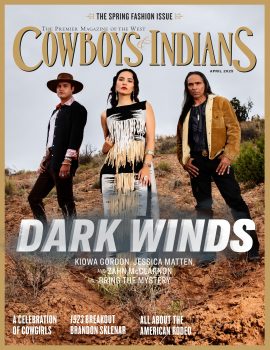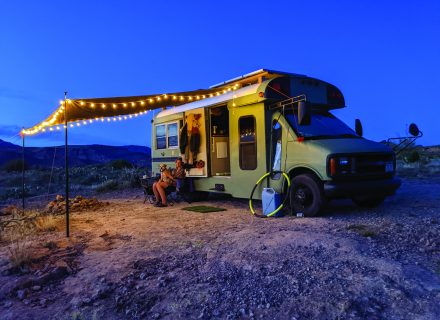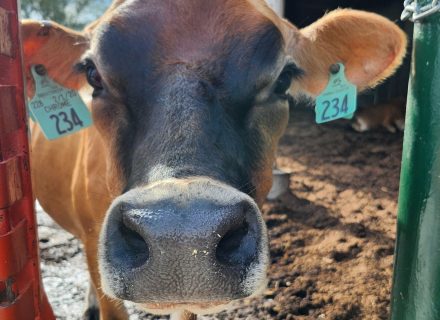Some of the greatest western performances belonged to the “big bads” or “black hats” of the genre — the villains who send a chill down the spine of any lily-livered viewer. Read about a few of our favorite western bad guys of all time.
You really can’t have a great western without a great villain. From the earliest days of silent movie horse operas to the contemporary wild bunch of traditional and revisionist shoot-’em-ups, outlaws who never aim to please often are as much of a main attraction for audiences as the straight-shooting heroes bent on delivering rough justice. These are some of the best black-hearted bad guys who have earned their places in the Western Hall of Infamy.
Bruce Dern as Asa Watts in The Cowboys (1972)
Anyone who plays a varmint guilty of fatally shooting John Wayne — in the back! — certainly qualifies as not just a bad guy but one of the worst guys in the book. That’s why we have to rank Bruce Dern at the very top of this list. Indeed, Dern was so indelibly effective as Asa Watts, the scoundrel who dispatches Wil Andersen, a rancher played by The Duke, that many folks have long confused the man with the role. Fortunately, Dern was prepared for such a strong reaction to that killer of a scene even before they filmed it. As the cameras started rolling, Dern revealed to C&I in 2015 that Wayne “told me: ‘Oh, I want to remind you of one thing. When this picture comes out, and audiences see you kill me — they’re gonna hate you for this.’ I said, ‘Maybe. But at [UC] Berkeley, I’ll be a [bleeping] hero!’ He laughed at that. And then put his arm around my neck, turned me to the crew — there’s about 90 people there where we shot the thing, getting ready to do the scene — and he said, ‘That’s why this [bleep] is in my film. Because he understands that bad guys can be funny. If they weren’t, why would we be talking about them 150 years later.’”
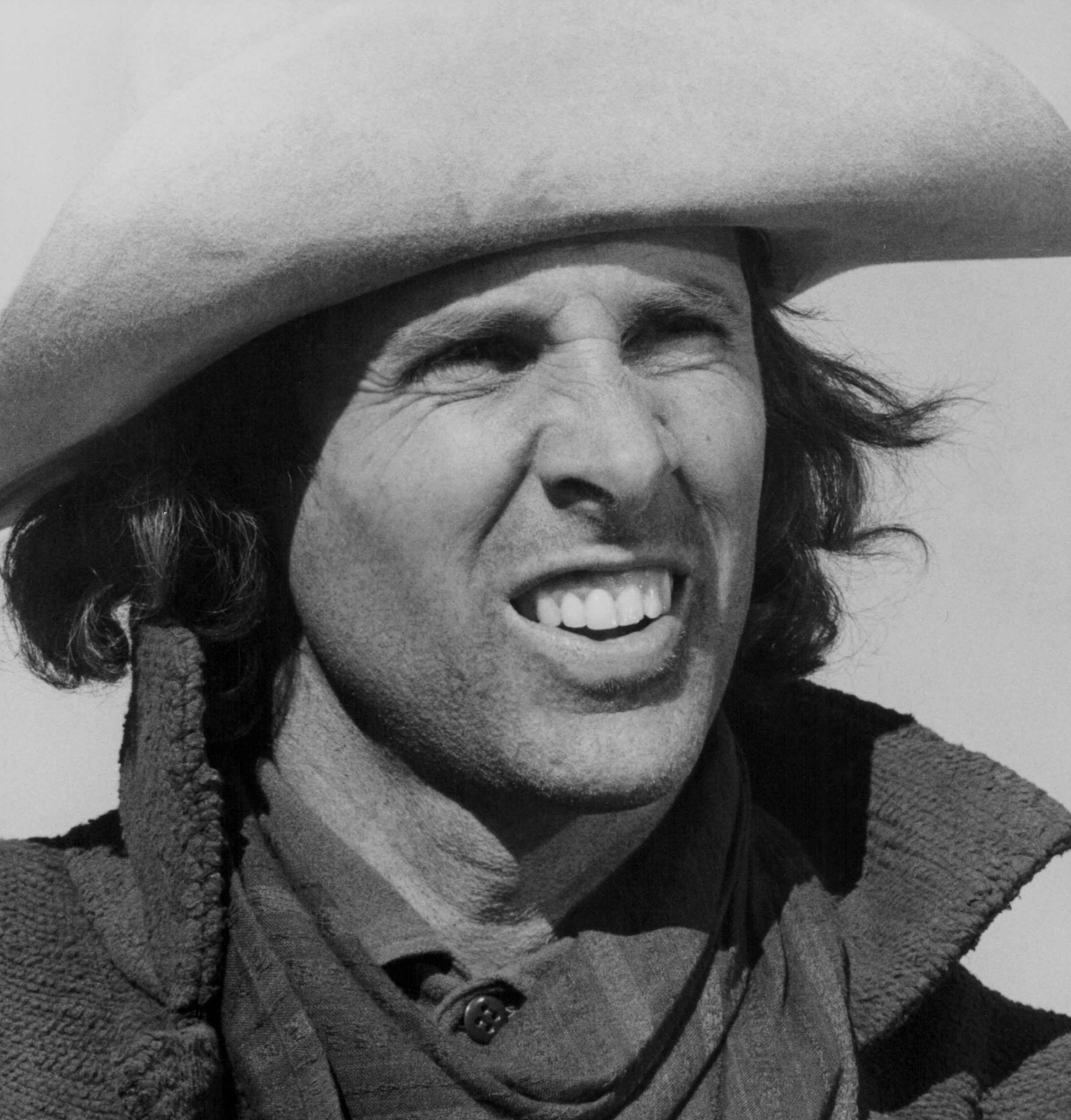 Actor Bruce Dern, in a scene from the movie The Cowboys (1972). Photo: Stanley Bielecki Movie Collection/Getty Images.
Actor Bruce Dern, in a scene from the movie The Cowboys (1972). Photo: Stanley Bielecki Movie Collection/Getty Images.
Walter Brennan as Old Man Clanton in My Darling Clementine (1946)
If you’re of a certain age and first saw John Ford’s classic My Darling Clementine only after growing up seeing Walter Brennan in a host of Disney comedies and as Grandpappy Amos in TV’s The Real McCoys (1957 – 63), you likely were shocked to see the multiple-Oscar-winning actor come across as so frightfully vicious as Old Man Clanton, the rustler who vacillates between folksy and ferocious while leading his easily intimidated sons in a crime wave in and around Tombstone. Just how ornery was this dude? Long before Colin Lawson (Robert Taylor) took a strap to his disappointing son (Michael Dorman) in Netflix’s Territory, Clanton applied a horsewhip to his off spring when they failed to hit their target. (“When you pull a gun,” he roared, “kill a man!”) Brennan was outstanding in several other westerns but, more often than not, remained on the side of the angels. On the other hand, he obviously enjoyed himself spoofing the Old Man Clanton character as the cranky antagonist opposite James Garner in Support Your Local Sheriff!
Walter Brennan (left) starred alongside Henry Fonda, right, in My Darling Clementine (1946). Photo: 20th Century Fox.
Gian Maria Volonte as Ramon Rojo in A Fistful of Dollars (1964) and El Indio in For A Few Dollars More (1965)
Near the start of his decades-long film career, Italian actor Gian Maria Volonté loomed large and behaved badly in the first two westerns of Sergio Leone’s “Dollars Trilogy,” A Fistful of Dollars and For a Few Dollars More. Fistful (an unauthorized remake of Akira Kurosawa’s Yojimbo) had him perfectly cast as Ramon Rojo, the savage leader of an outlaw family vying with another smuggling clan for control of a border town. A mysterious gunfighter (Clint Eastwood) tries to turn the rivals against each other — and is only temporarily impeded when Rojo sees through his tricks and subjects him to a bloodily brutal beatdown. Rojo ends up shot dead by our hero, of course, but Volonté returned as El Indio, an even nastier piece of work, in the sequel For a Few Dollars More. Two rival bounty hunters, Manco (Eastwood) and Col. Douglas Mortimer (Lee Van Cleef), have their sights set on claiming the sizeable reward on El Indio’s head. But even Manco ultimately accepts that Mortimer has the better claim on El Indio since the bad guy is responsible for the death of the colonel’s sister — who shot herself after El Indio killed her husband and attempted to rape her. The best scene: El Indio, who kept the woman’s pocket watch as a memento, learns the hard way that Mortimer has a very similar timepiece.
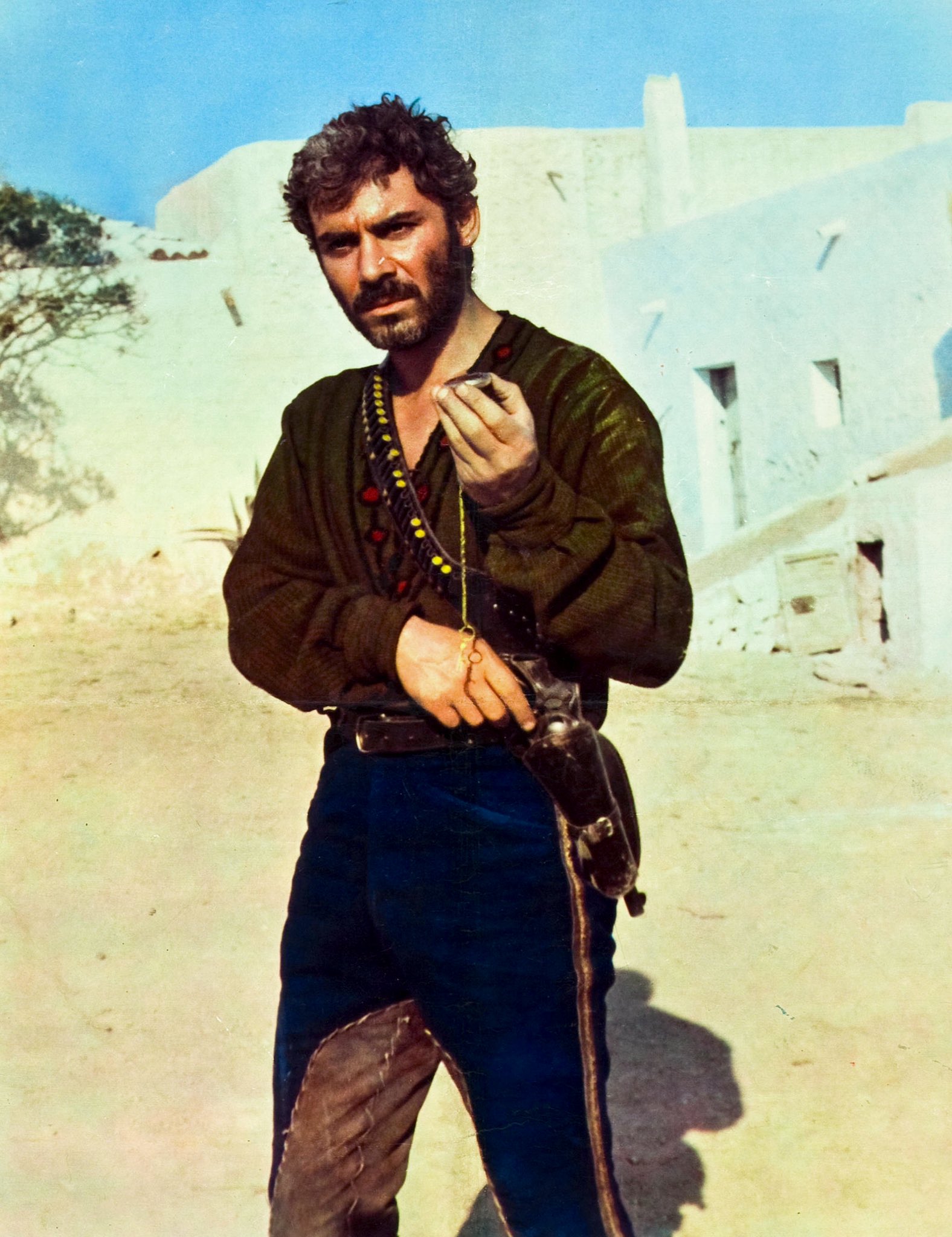 Gian Maria Volonte played the bad guy to Clint Eastwood's hero in For A Few Dollars More (1965). Photo: United Artists.
Gian Maria Volonte played the bad guy to Clint Eastwood's hero in For A Few Dollars More (1965). Photo: United Artists.
Jack Palance as Jack Wilson in Shane (1953)
Director George Stevens wasted little time in establishing Jack Palance’s hired gun, Jack Wilson, as the epitome of badassery in Shane. The first time we see Wilson in the frontier town where he’s been employed by land-grabbing siblings eager to scare off settlers and their reluctant protector (Alan Ladd in the title role), he’s a malevolent figure whose effortless ability to radiate bad vibes — dogs whimper and turn tail as he approaches — pushes the movie perilously close to self-parody. But the laughter catches in your throat when Wilson mercilessly goads a hopelessly outmatched homesteader (the perpetually put-upon Elisha Cook Jr.) into a showdown. Wilson draws first, then pauses — tauntingly, sadistically — while his opponent stands, abashed and afraid, in the middle of a muddy street. Then Wilson pulls the trigger, reveling in his own evil as he relishes the gratuitous slaughter.
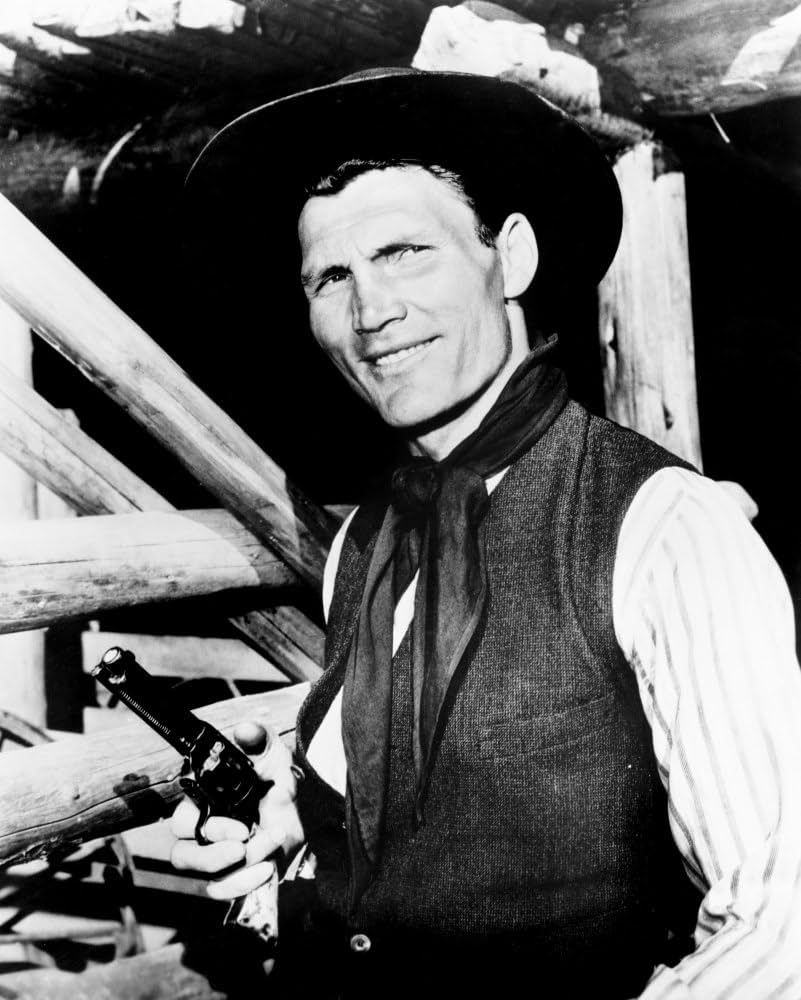 Jack Palance played a slick-shot hired gun in 1953's Shane. Photo: Paramount Pictures.
Jack Palance played a slick-shot hired gun in 1953's Shane. Photo: Paramount Pictures.
Henry Fonda as Frank in Once Upon a Time in The West (1969)
After decades of mostly playing heroic figures on screen — including Wyatt Earp in My Darling Clementine — Henry Fonda proved scarily and unforgettably effective after strolling over to the dark side in Sergio Leone’s masterwork Once Upon a Time in the West. As Frank, a coldblooded gunslinger hired by a railroad tycoon to drive a beautiful widow (Claudia Cardinale) off her land, Fonda makes an impactful entrance as he and his men slaughter almost every member of a family impeding the tycoon’s plans. Almost, that is, until one of his men accidentally refers to Frank by name, leading to the killing of a boy who, until that point, had been the massacre’s only survivor. Years later, while recalling the scene, Fonda told an interviewer: “Sergio had cast me because he could imagine the audience at that moment saying, ‘Jesus Christ! It’s Henry Fonda!’”
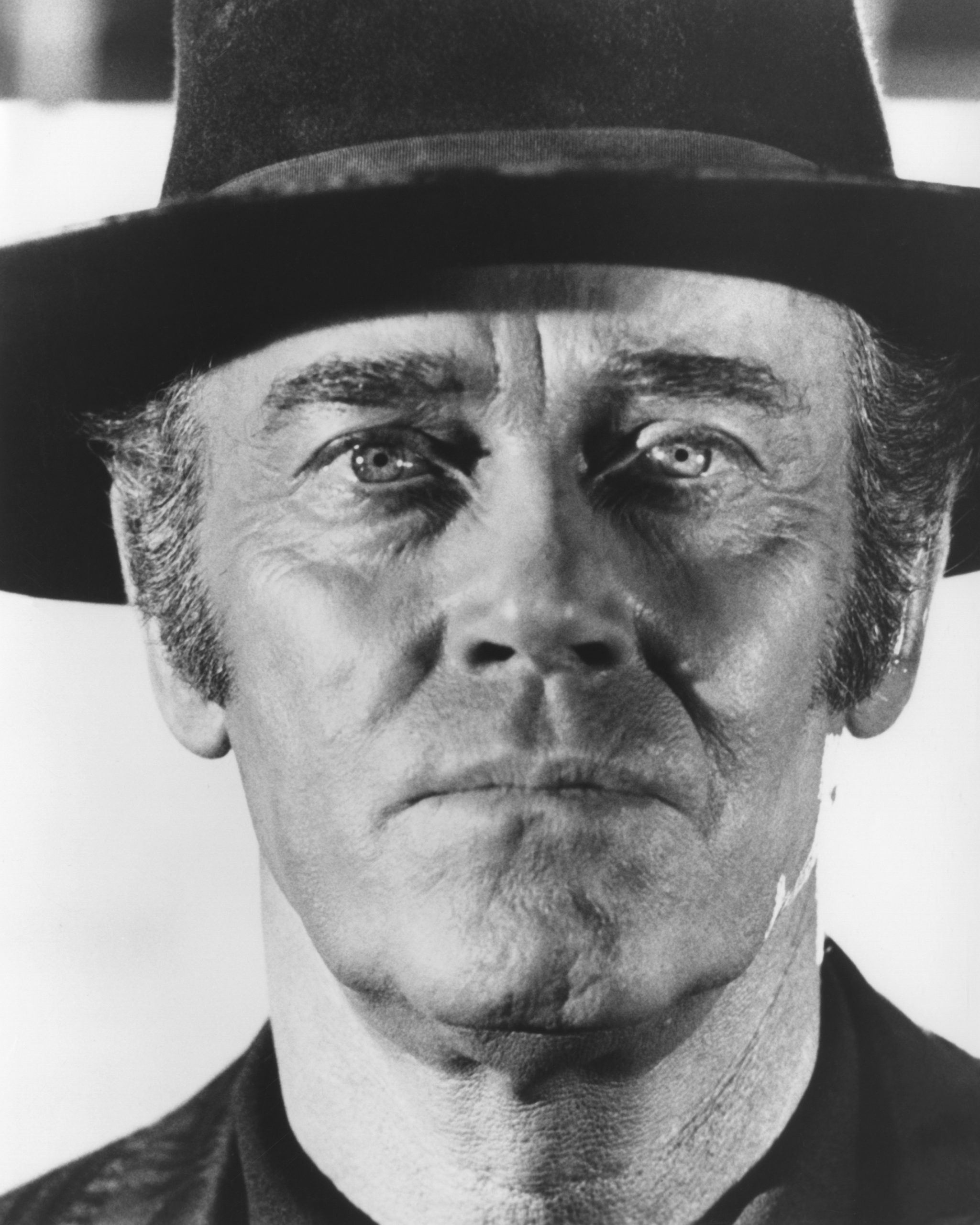 Henry Fonda intense close up portrait from Sergio Leone's 1968 western Once Upon a Time in the West (1969). Photo: Screen Archives/Getty Images.
Henry Fonda intense close up portrait from Sergio Leone's 1968 western Once Upon a Time in the West (1969). Photo: Screen Archives/Getty Images.
Lee Marvin as Liberty Valance in The Man Who Shot Liberty Valance (1962)
Although John Wayne and James Stewart are the nominal stars of John Ford’s last great Western, cast respectively as a straight-shooting hero and a tenderfoot lawyer, Lee Marvin steals every scene in which he appears (and even a few where he doesn’t) as Liberty Valance, a sociopathic outlaw who, with a little help from minions played by Strother Martin and Lee Van Cleef, rules a frontier town with a whim of iron. In his book Lee Marvin: Point Blank, biographer Dwayne Epstein aptly wrote: “In just a handful of riveting scenes [Marvin] conveyed the anger, maliciousness, and sadism of a man who symbolized all the lawlessness of the old west, and who refused to step gently aside to encroaching civilization.” At least, not until he was pushed.
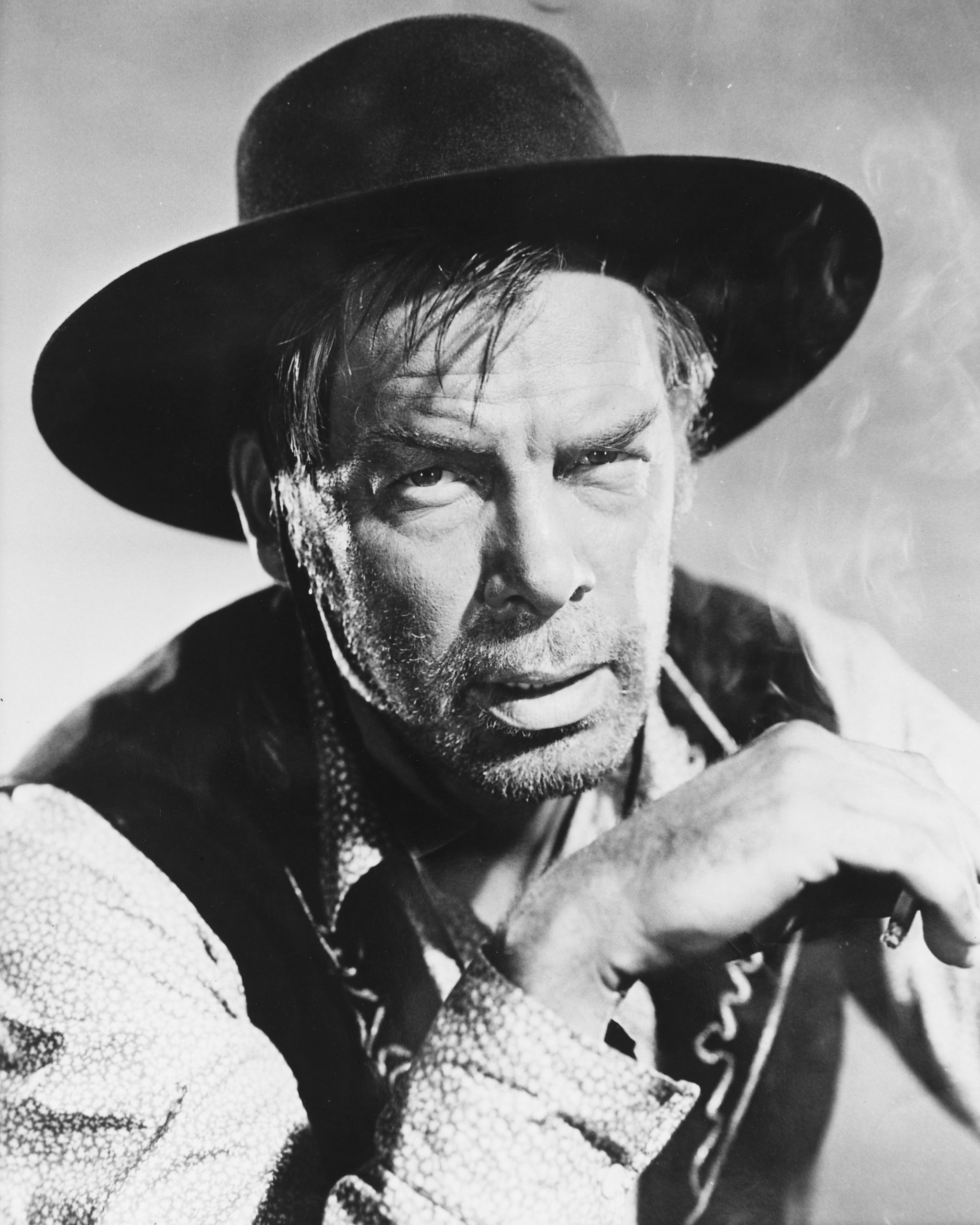 Lee Marvin stared as Liberty Valance alongside John Wayne in The Man Who Shot Liberty Valance (1962). Photo: Silver Screen Collection/Getty Images.
Lee Marvin stared as Liberty Valance alongside John Wayne in The Man Who Shot Liberty Valance (1962). Photo: Silver Screen Collection/Getty Images.
Eli Wallach as Calvera in The Magnificent Seven (1960)
Gunfighters played by Yul Brynner, Steve McQueen, and five co-stars must be fully armed and lethally dangerous as they come to the aid of Mexican villagers repeatedly plagued by an outlaw gang in director John Sturges’ authorized remake of another Akira Kurosawa classic, Seven Samurai. But the unlikely heroes face long odds as they face off against the army of bad guys led by Calvera (Eli Wallach), a preening bandit who makes no apologies for exploiting the helpless. “If God did not want them sheared,” he snarls, “he would not have made them sheep.” At the time The Magnificent Seven was made, Wallach was known primarily as a New York stage actor. He was initially concerned about the relative scarcity of his screen time and accepted the role of Calvera only after he realized he could make every minute count. “After rereading the script,” Wallach wrote in his autobiography, “I realized that even though I only appeared in the first few minutes of the film, the natives spoke about my return for the next 45 minutes — ‘Calvera’s coming.’ ‘When is he coming back?’ — so, I decided to do the part.”
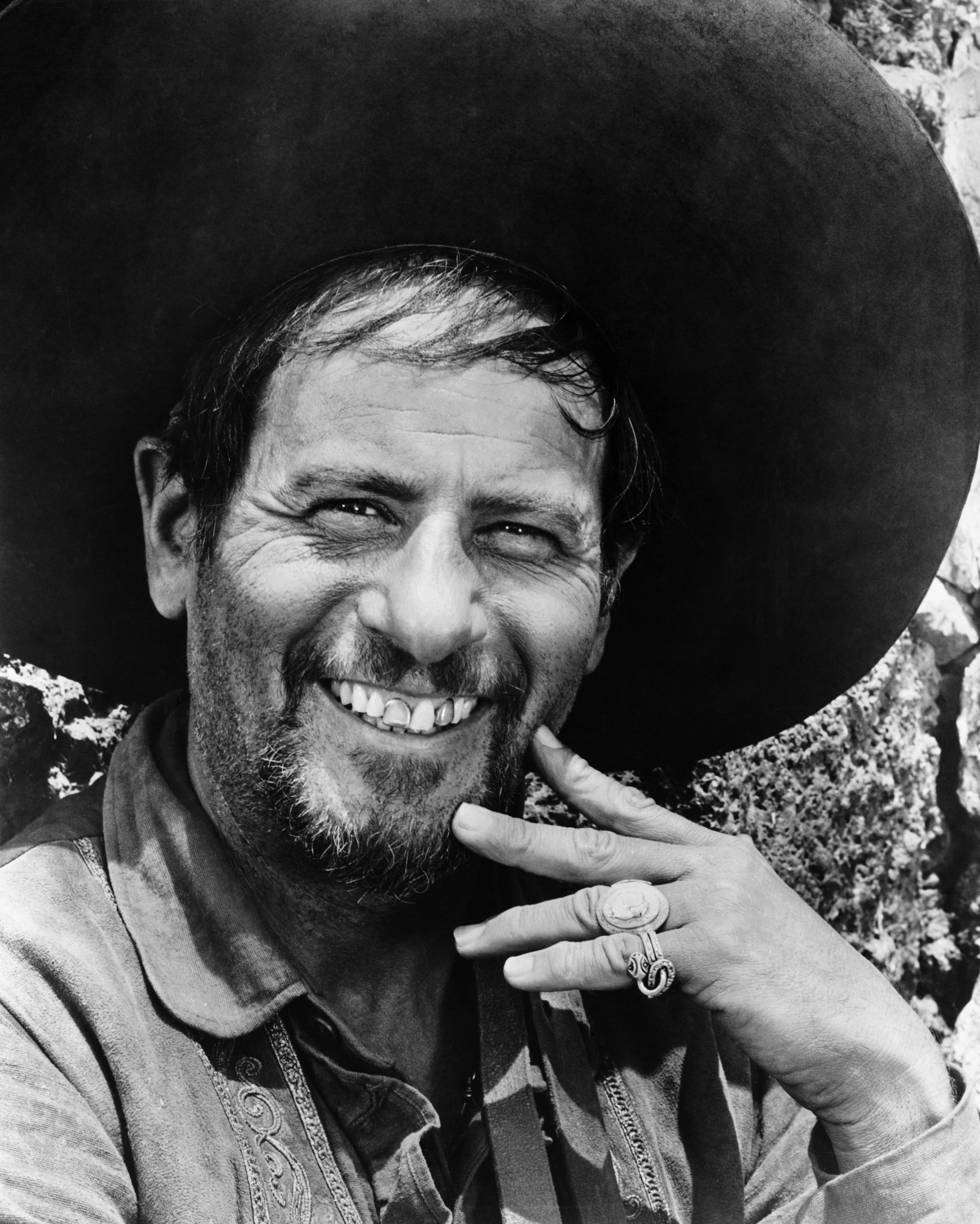 Eli Wallach portrays the bandit Calvera in The Magnificent Seven (1960). Photo: John Springer Collection/CORBIS/Corbis via Getty Images.
Eli Wallach portrays the bandit Calvera in The Magnificent Seven (1960). Photo: John Springer Collection/CORBIS/Corbis via Getty Images.
Richard Boone as Frank Usher in The Tall T (1957)
While working with veteran producer Harry Joe Brown and leathery screen icon Randolph Scott on the brawnily austere westerns that eventually were known collectively as “The Renown Cycle,” director Budd Boetticher took great pains to provide substantial foes for his hero. Always, there is an antagonist who glimpses in Scott’s character a kindred spirit and genuinely regrets what he sees as a necessity to defeat, or even kill, such a worthy opponent. “In every one of the Scott pictures,” Boetticher admitted, “I felt I could have traded Randy’s part with the villain’s.” This was especially evident when he cast Richard Boone — then best known for playing a grim-faced surgeon in the TV drama Medic — as Frank Usher, a sly stagecoach bandit who, along with two thick-headed cohorts, holds captive ramrod-turned-rancher Pat Brennan (Scott) and copper mine heiress Doretta Mims (Maureen O’Sullivan) while Doretta’s cowardly husband seeks a ransom from his wife’s wealthy father. A nice touch: Usher, often displaying a sardonic sense of humor, refrains from killing Brennan primarily because he’s desperate for intelligent conversation. But their budding friendship is soured by the outlaw’s determination to start a new, more respectable life with the ransom money.
 Before he was Paladin in popular TV series Have Gun — Will Travel, Richard Boone starred alongside Randolph Scott in The Tall T (1957). Photo: Columbia Pictures.
Before he was Paladin in popular TV series Have Gun — Will Travel, Richard Boone starred alongside Randolph Scott in The Tall T (1957). Photo: Columbia Pictures.
From our February/March 2025 issue.
HEADER IMAGE: Lee Marvin stared as Liberty Valance alongside John Wayne in The Man Who Shot Liberty Valance (1962). Photo: Silver Screen Collection/Getty Images.







